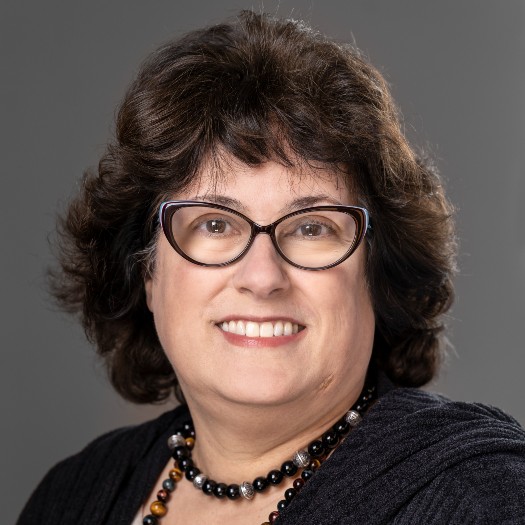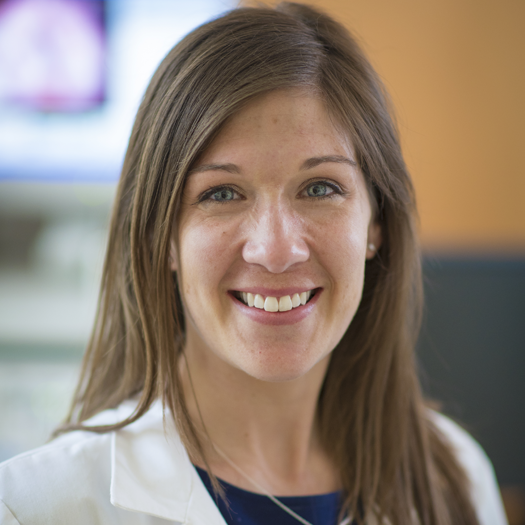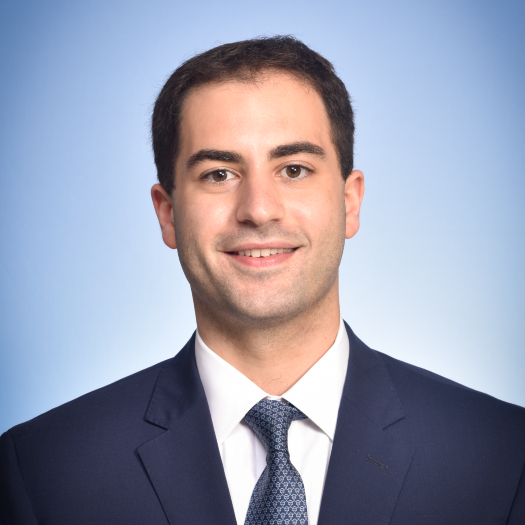Condition
Pediatric Sinusitis
Key points about sinusitis in children
- Sinusitis is an infection of the sinuses.
- When discharge from the nose is blocked, bacteria may start to grow. This leads to a sinus infection or sinusitis.
- Acute sinusitis may get better on its own. But if it doesn’t, medicine can be prescribed.
- For chronic sinusitis, the healthcare provider may refer your child to an ear, nose and throat doctor (ENT) for testing and treatment.
- To help prevent sinusitis, have your child use saline sprays or washes to keep the nose moist. Use a humidifier in dry inside areas.
Frequently Asked Questions
Prevention and Risk Assessment
What is sinusitis?
Sinusitis is an infection of the sinuses. These infections usually happen after a cold or with allergies. There are three types of sinusitis:
- Short-term (acute). Symptoms of this type of infection last less than 12 weeks and get better with the correct treatment.
- Long-term (chronic). These symptoms last longer than 12 weeks.
- Recurrent. This means the infection comes back again and again. It means three or more episodes of acute sinusitis in a year.
The sinuses are air-filled spaces (cavities) near the nose. They are lined with mucous membranes. There are four different sinuses:
- Ethmoid sinus. Located around the bridge of the nose. This sinus is present at birth and continues to grow.
- Maxillary sinus. Located around the cheeks. This sinus is also present at birth and continues to grow.
- Frontal sinus. Located in the area of the forehead. This sinus does not develop until around age 7.
- Sphenoid sinus. Located deep behind the nose. This sinus does not develop until the teen years.
Which children are at risk for sinusitis?
A sinus infection sometimes happens after an upper respiratory infection or common cold. The cold causes swelling that can block the opening of the sinuses. This can cause a sinus infection. Allergies can also lead to sinusitis because of swelling and increased mucus. Other possible conditions that can lead to sinusitis include:
- Abnormal shape of the nose
- Infection from a tooth
- Nose injury
- Foreign object in the nose
- Birth defect with abnormality of the roof of the mouth (cleft palate)
- Problem with stomach acids (gastroesophageal reflux disease or GERD)
What causes sinusitis in children?
When the sinuses are blocked with discharge, bacteria may begin to grow. This leads to a sinus infection or sinusitis.
The most common bacteria that cause acute sinusitis include:
- Streptococcus pneumonia
- Haemophilus influenzae
- Moraxella catarrhalis
What can I do to prevent sinusitis in my child?
There are things that can help your child avoid sinusitis. They include:
- Have your child use saline sprays, washes or both. Use these often to keep the nose as moist as possible.
- Use a humidifier in dry indoor environments.
- Keep your child away from cigarette and cigar smoke.
- Keep your child away from things that cause allergy symptoms.
- Don't force water into the sinuses. For example, your child should not jump into water.
- Limit time in chlorinated pools; chlorine can irritate the nose and sinuses.
- Practice good hand hygiene.
- Keep you and your child up to date with immunizations.
- Avoid close contact with people who have colds or others upper respiratory infections.
Diagnosis
What are the symptoms of sinusitis in children?
The following are the most common symptoms of sinusitis:
- Stuffy nose
- Thick, colored drainage in the nose
- Drainage down the back of the throat (postnasal drainage)
- Headache
- Cough
- Pain or soreness over sinuses
- Fever
- Loss of smell
The symptoms of sinusitis can be similar to other health conditions. Make sure your child sees his or her healthcare provider for a diagnosis.
How is sinusitis diagnosed in children?
Your healthcare provider will ask about your child’s symptoms and health history. He or she will give your child a physical exam. Your child may also have tests, such as:
- Sinus X-rays. X-ray exam of the sinuses may help with the diagnosis.
- CT scan of the sinuses . A CT scan shows detailed images of any part of the body. They are more detailed than X-rays.
- Cultures from the sinuses. A swab of discharge from the nose may be taken. The sample is checked for bacteria or other germs.
Treatment
How is sinusitis treated in a child?
Treatment will depend on your child’s symptoms, age and general health. It will also depend on how severe the condition is.
Acute sinusitis
Acute sinusitis may get better on its own. If it doesn’t, your child’s healthcare provider may prescribe:
- Antibiotics. If your child’s sinuses are infected with bacteria, antibiotics are given to kill the bacteria. If your child’s symptoms haven’t improved after three to five days, your healthcare provider may try a different antibiotic.
- Allergy medicines. For sinusitis caused by allergies, antihistamines and other allergy medicines can reduce swelling.
Note: Don’t use over-the-counter decongestant nasal sprays without checking with your child’s healthcare provider. These sprays may make symptoms worse.
Recurrent sinusitis is also treated with antibiotic and allergy medicines. Your child’s healthcare provider may refer you to an ear, nose and throat (ENT) specialist for testing and treatment.
Chronic sinusitis
Treatment for chronic sinusitis may include:
- ENT specialist visit. Your child may be referred to an ENT specialist.
- Antibiotics. Your child may need to take antibiotics for a longer time. If bacteria aren’t the cause, antibiotics won’t help.
- Inhaled corticosteroid medicine. Nasal sprays or drops with steroids are often prescribed.
- Other medicines. Nasal sprays with antihistamines and decongestants, saline sprays or drops, or medicines to loosen and clear mucus may be prescribed.
- Allergy shots or immunotherapy. If your child has nasal allergies, shots may help reduce his or her reaction to allergens such as pollen, dust mites or mold.
- Surgery. Surgery for chronic sinusitis is an option, although it is not done very often in children.
Care may also include:
- Fluids. A glass of water or juice every hour or two is a good rule. Fluids help thin mucus, allowing it to drain more easily. Fluids also help prevent dehydration
- Saline wash. This helps keep the sinuses and nose moist. Ask your child’s healthcare provider or nurse for instructions
- Warm compresses. Apply a warm, moist towel to your child’s nose, cheeks and eyes to help relieve pain in the face
What are the possible complications of sinusitis in children?
Acute sinusitis can result in a brain infection, but this is very rare.
Providers Who Treat Sinusitis

Nancy M. Bauman, MD
- Director, Aerodigestive Clinic
- Director Vascular Anomaly Clinic
- Otolaryngologist
Nancy M. Bauman, MD
Locations
Departments

Alexandra Genevieve Espinel, MD
- Director, Pediatric Otolaryngology Fellowship
- Otolaryngologist
Alexandra Genevieve Espinel, MD
Locations
Departments
Pamela Anne Mudd, MD
Locations
Departments

Maria T. Pena, MD
- Director, Quality Improvement and Safety
- Co-Director, Complex Sinusitis Program
- Otolaryngologist
Maria T. Pena, MD
Locations
Departments

Diego A. Preciado, MD, PhD
- Division Chief, Ear, Nose, and Throat (Otolaryngology)
- Co-Director of the Cochlear Implant Program
- Otolaryngologist
Diego A. Preciado, MD, PhD
Locations
Departments
Brian Kip Reilly, MD
Locations
Departments

Rahul K. Shah, MD, MBA
- Senior Vice President for the Children’s National Hospital-Based Specialties Center
- Otolaryngologist
Rahul K. Shah, MD, MBA
Locations
Departments
George H. Zalzal, MD
Locations
Departments
Habib Zalzal, MD
Locations
Departments
Jul 22, 2024
Helping Maddie to Live Life to the FullestMaddie is a lively, creative teen who loves to act. Research at Children's National Hospital helps to ensure that her rare disease doesn"t upstage her big theater plans or her love of life.
Jun 27, 2024
Convenient Care for CharlotteWhen Charlotte was a toddler, a respiratory illness led to a diagnosis of a rare and dangerous immune deficiency called ICF syndrome. A bone marrow transplant at age 5 at Children’s National helped save her life.
May 20, 2024
Omid Conquers Fear with MusicOmid never liked going to the dentist. Dr. Aleger changed that with a little trust, and his favorite tunes.
Departments that Treat Sinusitis

Pediatric Aerodigestive Clinic
Our Aerodigestive Clinic provide specialized care for children with airway problems and feeding disorders.

Ear, Nose and Throat (Otolaryngology)
Our pediatric otolaryngology experts diagnose and treat a wide range of pediatric ear, nose and throat disorders.








